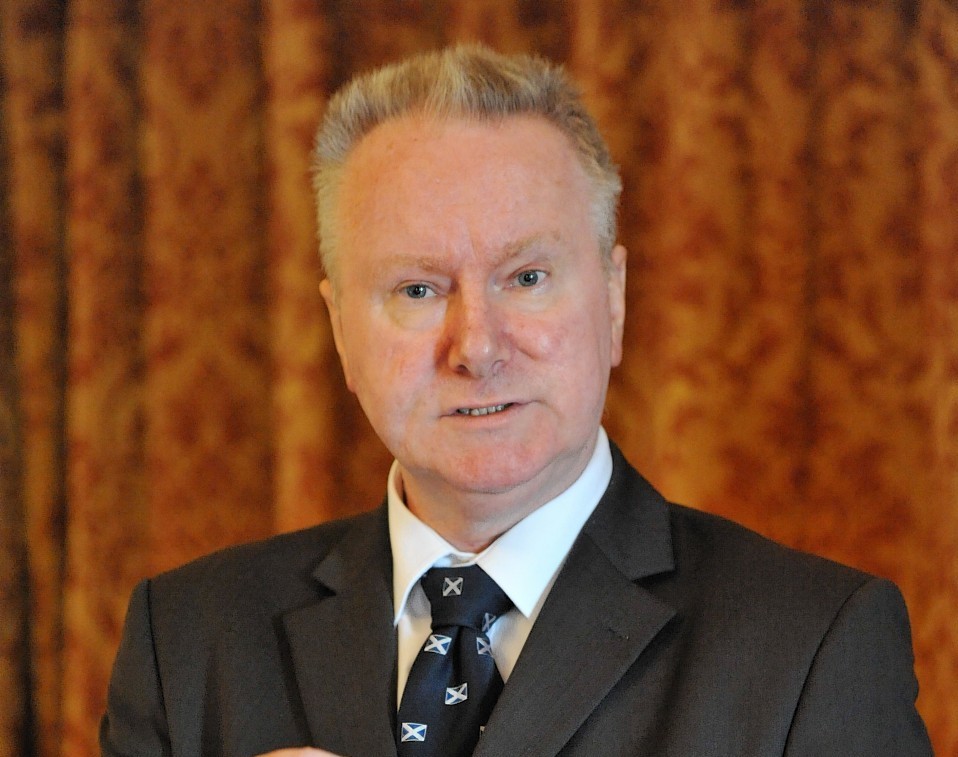More than half a million people in Scotland were living in extreme or severe poverty, according to new data.
Research by the Scottish Government showed that while relative poverty has fallen over the past decade, the poverty that remained got worse.
It found that work is no longer a guarantee for a lifetime free from poverty as living costs outstrip wages and those in receipt of benefits and tax credits – many of whom are employed – find their incomes squeezed.
Severe poverty is if household income is less than 50% of the UK average, or less than £11,500 in 2012-13. Extreme poverty is when this is 40% or less of the UK median annual household income, or less than £9,200.
The report said 510,000 people – or 10% of the population – were living in severe poverty, including 330,000 working-age adults, 100,000 children and 80,000 pensioners.
But when housing costs were factored in, the number facing severe poverty increased to 710,000.
Social Justice Secretary Alex Neil: “With employment increasing and unemployment down, Scotland is outperforming the rest of the UK, yet the statistics show that a job is no longer any guarantee against severe or extreme poverty.
“That’s why we opposed cutting in-work tax credits and why the Scottish Government and its agencies are paying the living wage, encouraging other employers to follow suit.
“We have put tackling poverty and inequality at the heart of government, through policies like the council-tax freeze, free prescriptions and expanding childcare provision while we are mitigating the worst of the welfare cuts by replacing income lost through the bedroom tax or council tax benefits cuts.
“That action is making a real difference and we will continue to make the argument for a fairer welfare system.”
John Dickie, director of the Child Poverty Action Group in Scotland, said: “There is absolutely nothing inevitable about these levels of poverty.
“They are the result of political and economic decisions to tolerate low pay and insecurity at work, and to cut the child benefits and tax credits that families both in and out of work rely on.
“We need to see politicians and employers at every level make different decisions, prioritise support for families and make work pay.”
